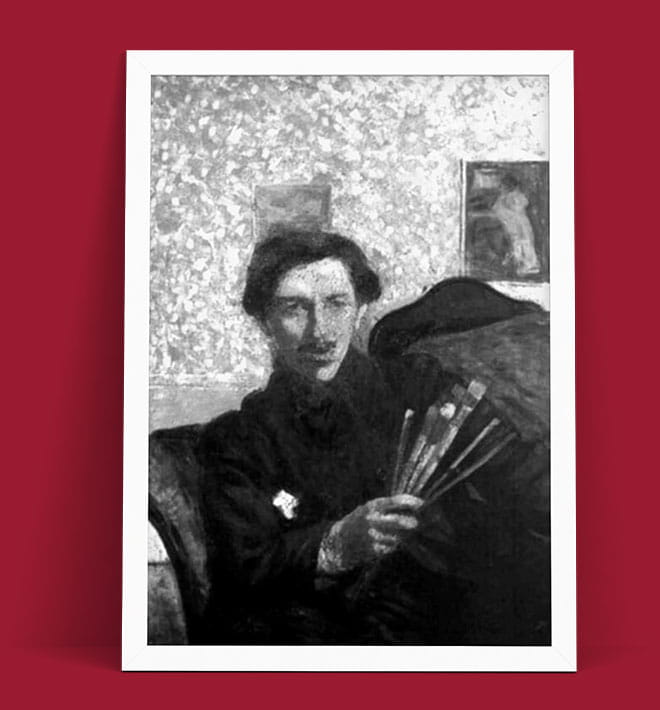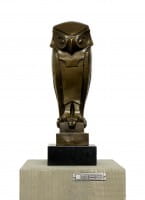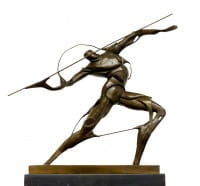Artistic Evolution
Boccioni's artistic journey was marked by a relentless pursuit of capturing dynamism and the essence of modern life. His works often depicted the energy of urban environments, technological advancements, and the human form in motion. He was deeply influenced by Cubism, which is evident in his fragmented and abstract compositions.
Notable Works
- The City Rises (1910): Considered Boccioni's first major Futurist work, this painting portrays the construction of a modern city, emphasizing movement and industrial progress.
- Dynamism of a Cyclist (1913): This piece exemplifies Boccioni's fascination with speed and the mechanical age, depicting a cyclist in motion through a series of overlapping forms.
- Dynamism of a Soccer Player (1913): A vivid portrayal of a soccer player in action, capturing the fluidity and energy of the sport.
These works are central to the study of Umberto Boccioni artwork, showcasing his commitment to representing the dynamism of contemporary life.
Umberto Boccioni, Unique Forms of Continuity in Space
Arguably Boccioni's most iconic sculpture, Unique Forms of Continuity in Space (1913) embodies the Futurist celebration of speed and movement. The bronze figure strides forward, its form aerodynamically distorted to convey motion and fluidity. Boccioni aimed to depict not just the figure but the environment it moves through, merging the two into a cohesive whole. This sculpture stands as a testament to Boccioni's innovative vision and remains a seminal piece in modern art history.
Legacy
Tragically, Boccioni's life was cut short when he died in 1916 after falling from a horse during military training. Despite his brief career, his contributions to art were profound. His theories and works continue to influence artists and are studied for their groundbreaking approach to form and movement.
For a deeper exploration of Boccioni's works, including Umberto Boccioni artwork and his masterpiece Umberto Boccioni, Unique Forms of Continuity in Space, consider visiting:
The Metropolitan Museum of Art







